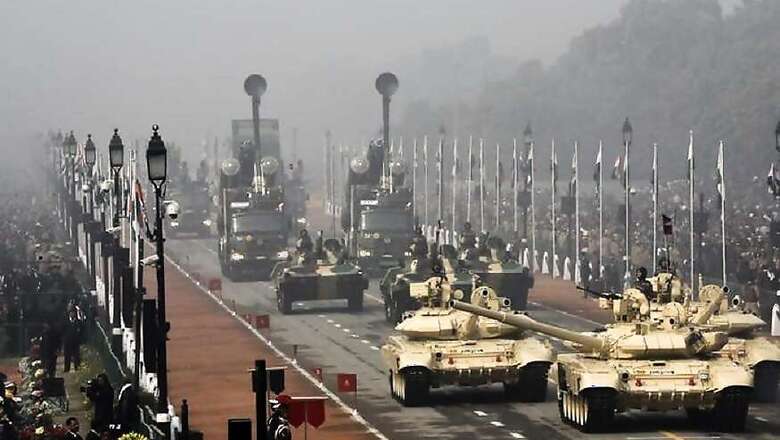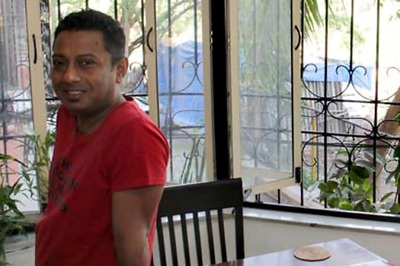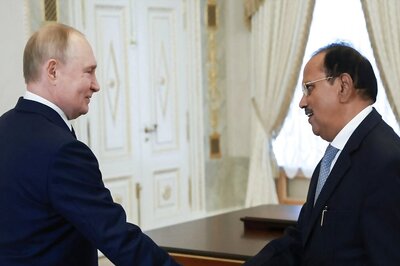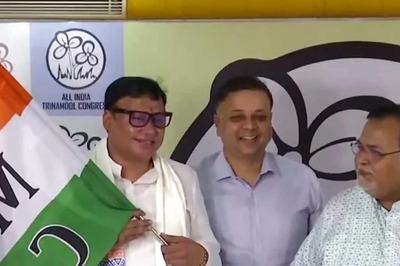
views
The Indian Army has sought a camouflage system to make its armoured fighting vehicles invisible to all kinds of sensors, said an army report.
The army in the report said the modern sensors can locate armoured vehicle -- tanks and personnel carriers -- through their heat and radar signature and to ensure the safety of the vehicles it desires protective systems that can render the vehicle completely invisible.
"The sensors are fitted right from satellites, aircrafts, helicopters, UAVs in the third dimension to the ground-based long range surveillance equipment operating continuously during day and night. Thus, camouflage now is a necessity for survivability of the force right from the time it moves out of its permanent locations to the time it prosecutes its might on the enemy," the report said.Also read: Kelihos Botnet: Here's How The World's Most Notorious Criminal Spammer Got Arrested
The Indian Army on March 24 released the 'Compendium of Problem Statements, Volume II' here.
The 28 new problem statements, part of Volume II, would allow the industry and academia to understand the needs of the army and come up with indigenous solutions for military requirements.
At present, the armoured vehicles are camouflaged through paints and multispectral camouflage nets. These passive methods do not provide the level of protection that is required in future conflict scenario.
The army has asked the industry to come up with the solution through electronic camouflage which will blend the vehicle in its surrounding. This would enable the vehicle to change the image of the hull in concert with the changing environment. Also read: Hydrogen Fuel Cell Cars Creep Up Slowly On Electric Cars
In another option, the army has suggested for development is that of 'Quantum Stealth', a system being developed by a Canadian company, where a special material would make the vehicle invisible by bending the light waves around the target and will also removes infrared (night vision) and thermal signatures and also the shadow of the vehicle.
Speaking to IANS, Maj. Gen. Rajiv Narayanan, former Additional Director, Military Operations, said: "That's the way ahead. It generates artificial signature around it. It can deceive the enemy. We can't wish it away."
"You need futuristic technology for Indian industry and academia," said Narayanan while talking about the idea behind the sharing of problems with industry, "This kind of projects will improve the thinking of academia. As researchers come to DRDO from academia it will also benefit."
The first volume, with 50 problem statements, was released on December 5 last year.Also read: Now You Can Eat a 3D Printed Belgian Chocolate




















Comments
0 comment